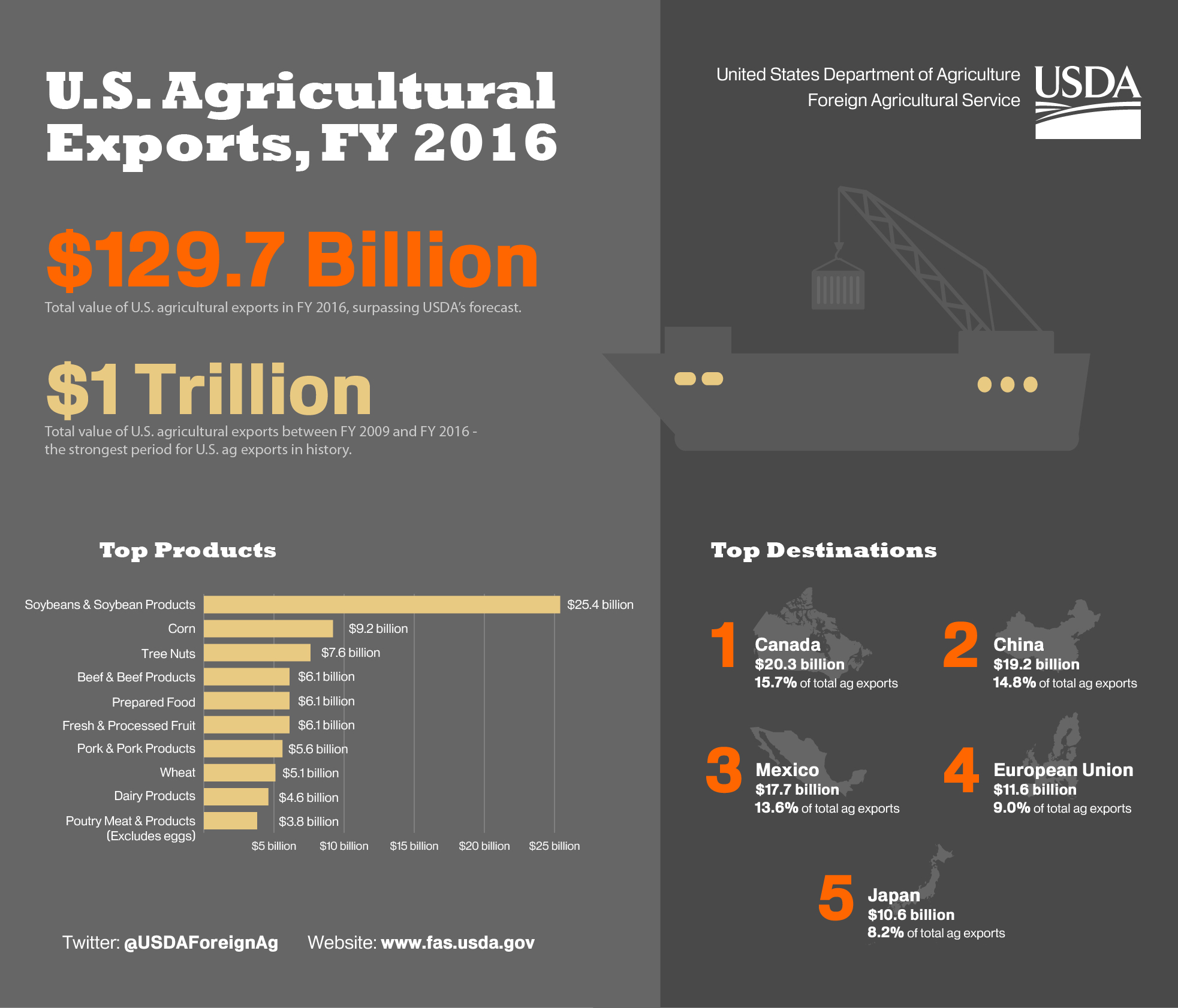From American Farm Bureau Newsroom
Clements: The 32nd annual informal Thanksgiving Dinner Price Survey shows consumers continue to enjoy an affordable food supply as this year’s Thanksgiving dinner is the most affordable in five years. The average cost for 10 for a classic Thanksgiving Dinner decreased less than two percent, remaining under $5 per-person, according to AFBF market intelligence director John Newton.
Newton: The price of Thanksgiving Dinner is $49.12, that’s down 75 cents, or one and a half percent from last year and shows that the Thanksgiving dinner is down for the second consecutive year in a row and remains below five dollars per-person.
Clements: The decline was driven by lower retail turkey prices, along with lower prices for milk and rolls. The average cost of turkey this year is $22.38 for the whole bird.
Newton: Wholesale turkey prices are at their lowest level since 2013, and given that the turkey represents nearly 50 percent of the basket’s total, it’s the biggest factor driving the price decline. Turkey prices came this year in at $1.40 per-pound, that’s down two cents from what we saw last year.
Clements: Meanwhile, the supply of pumpkins for processing for pumpkin pie has rebounded from a couple of years ago.
Newton: The supply of pumpkins this year should be more than adequate. We’ve had favorable growing conditions for two consecutive years in a row in Illinois, where the majority of pumpkins are produced.
Clements: Full survey results are available at www.fb.org. Micheal Clements, Washington.
2016 Thanksgiving Dinner Price Survey: Thanksgiving Dinner Ticks Down to Less Than $5 Per Person



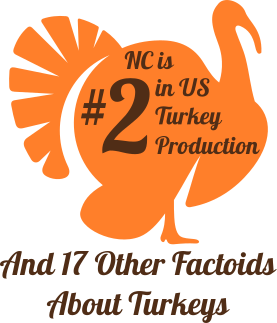

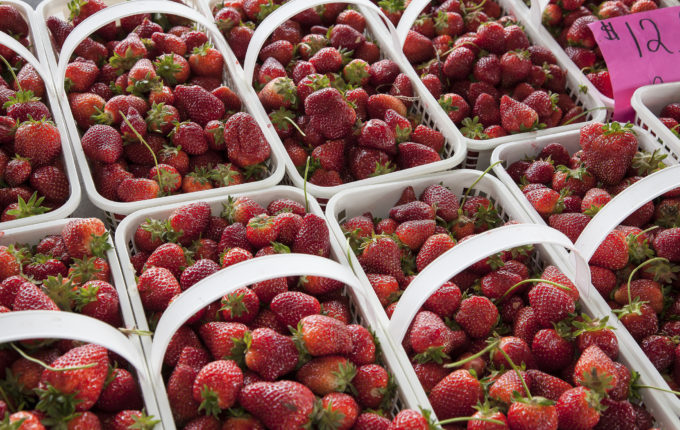
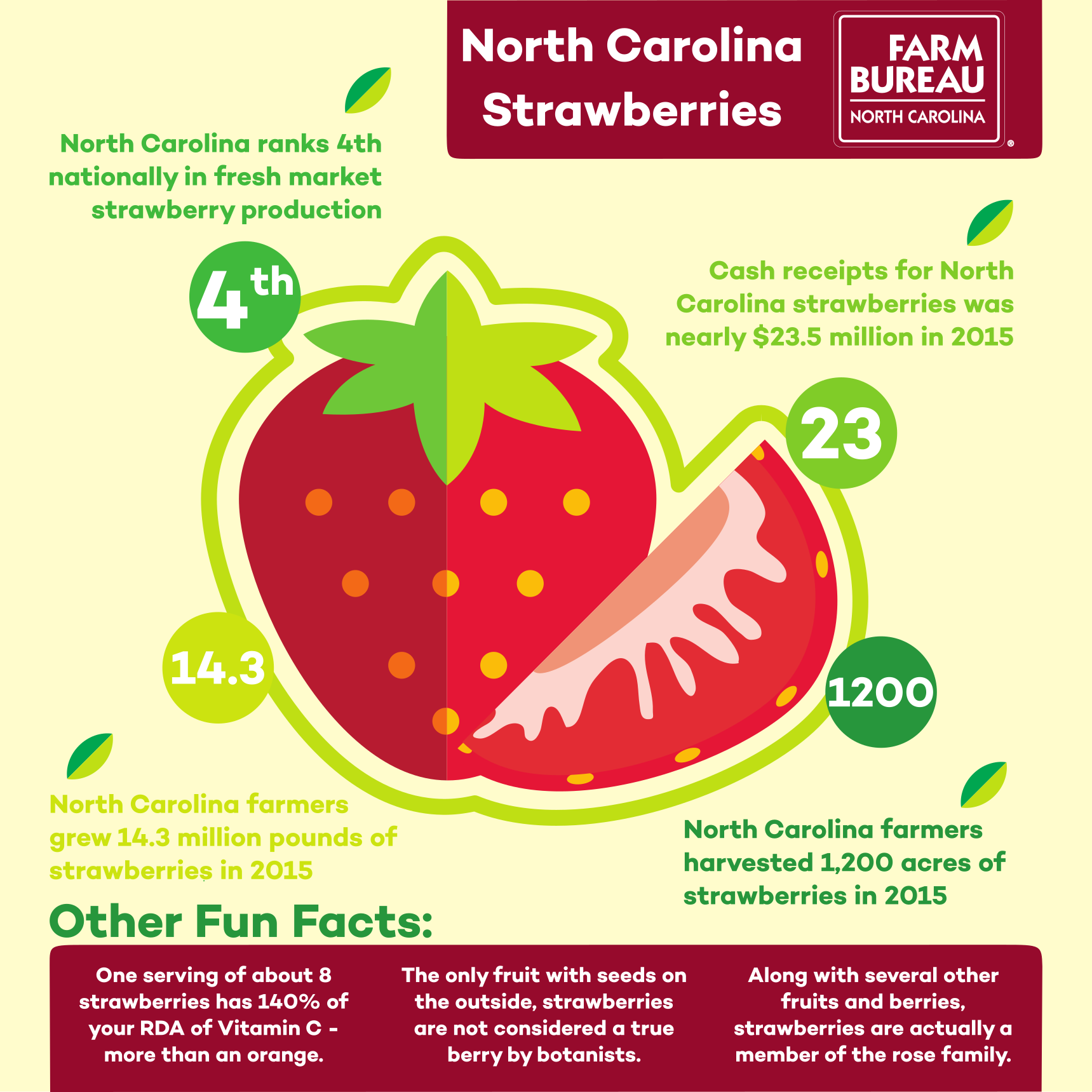
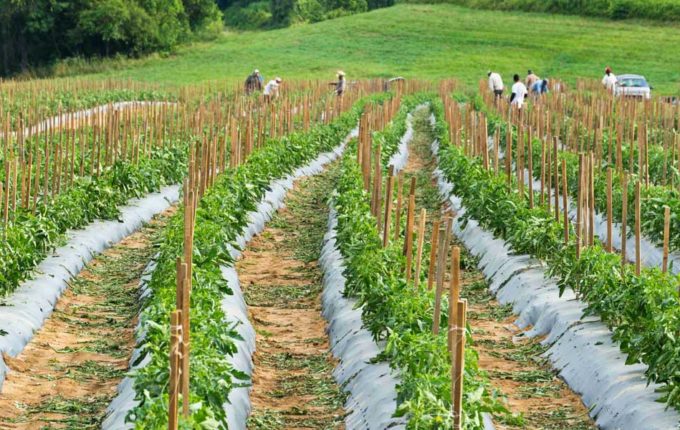



 First and foremost, congratulations to Ray Starling on being named Special Assistant to the President for Agriculture, Trade and Food Assistance. NC Farm Bureau President Larry Wooten said it best, “This appointment sends a clear message that the White House is serious about addressing the needs of American farmers and rural communities, and I believe Ray Starling has the knowledge, experience, and vision to be a strong advocate for American agriculture.”
First and foremost, congratulations to Ray Starling on being named Special Assistant to the President for Agriculture, Trade and Food Assistance. NC Farm Bureau President Larry Wooten said it best, “This appointment sends a clear message that the White House is serious about addressing the needs of American farmers and rural communities, and I believe Ray Starling has the knowledge, experience, and vision to be a strong advocate for American agriculture.”